Painter: Making A Modern Painting

With generous permission
from the filmmaker’s estate,
we are honored to share
this extraordinary short
documentary, completed in
2017 by Joseph De
Francesco with Michael
O’Connell. Framed as an
intimate interview with
Marioni, it also contains the
only known footage of him
painting.
The Dialectic of Liquid Light
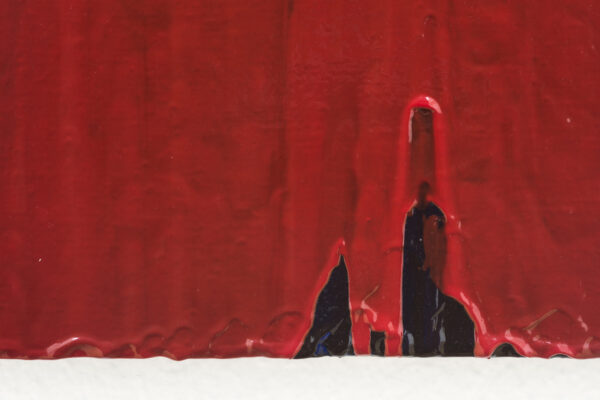
In speech and in practice, the term “liquid light” binds together the material and the immaterial; indeed, this binding is at the core of all painting. And it is the dialectical acknowledgment performed by the notion of liquid light that, finally, gives Marioni pride of place at this epochal moment in the history of his art form.
The Painter’s Studio: 12 Photographs by James Welling

From 1972 until his death on September 6, 2024, Joseph Marioni occupied a studio loft at 545 8th Avenue. These photographs were made during a single visit in late December of that year.
The Wrong Durée: The Politics of Cedric J. Robinson’s Racial Capitalism
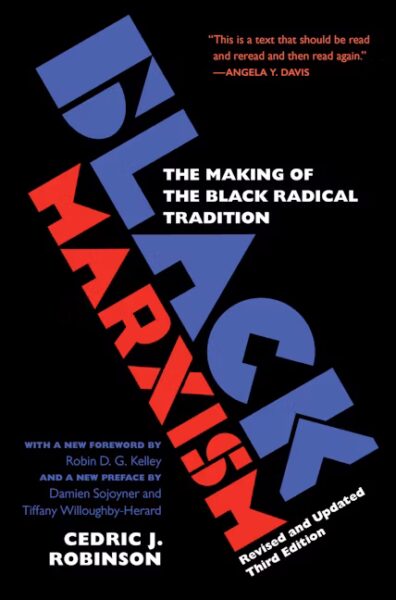
Instead, a race-essentialist understanding of epistemology lies at the heart of both Robinson’s notions of racial capitalism and the black radical tradition. In the former, we find racism intrinsic to “European” culture as early as antiquity and reaching maturation in the Iberian Peninsula on the eve of Spanish and Portuguese colonization, while he presents African medieval societies and black colonial subjects as innately peaceful and less violent. And in this regard, Robinson’s claims are consonant with a longer line of black nationalist thinking in the United States, which inverts the assumptions of white supremacy and holds that white domination is an endemic phenomenon.
Framing the Working Class: Ray’s a Laugh, 28 Years On
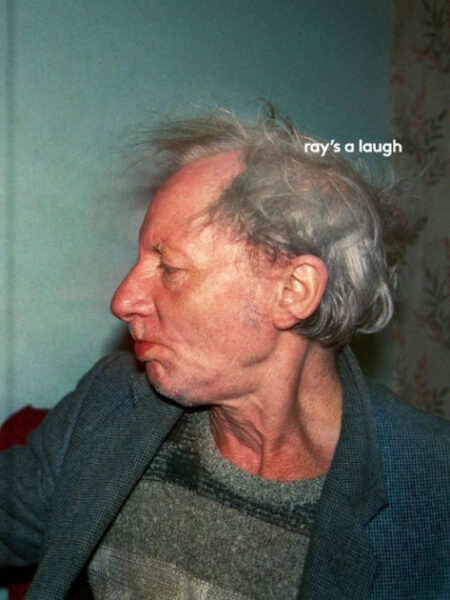
Billingham’s desire to make something aesthetically rather than socially or politically moving can be understood not just as a form of complicity with individuals and their families but, in its commitment to structure, as the imagination of an alternative. For example, the question of the frame in the photo of Liz doing her puzzle is not reducible to the ethics of photographing your mother. Rather the photo ignores the questions of family ethics. More important, it doesn’t so much ignore as seek to overcome even the question of working-class identity. Liz’s dress, her tattoos, the couch she’s sitting on can all lend themselves to being read as the markers of such an identity.
The Uses and Abuses of Manet’s Olympia
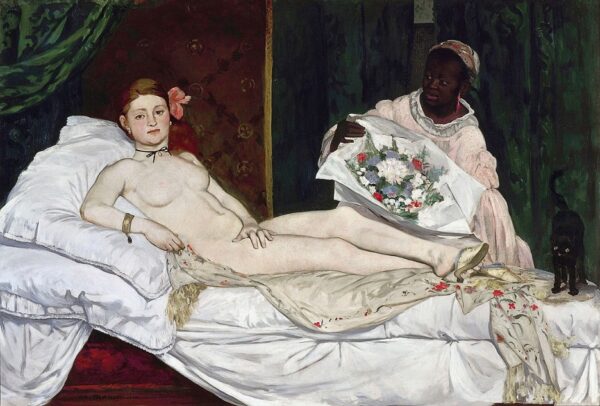
Manet’s art is about challenging what we think we know about the world: about what makes a finished picture as well as about what constitutes a politics of class, gender, and race. And doesn’t the moral value of artworks lie in their resistance to our assumptions about the world, not how they reaffirm what we already think we know?
The Painter: 6 Prose Poems in Memory of Joseph Marioni
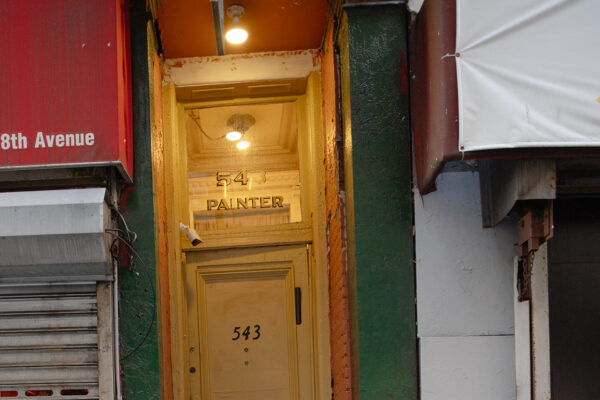
Joseph Marioni emails to say that he has finally resolved his large green painting. The last Archetype has fallen — not fallen, exactly, rather it has yielded to The Painter’s uncompromising efforts.
The Inauthenticity of our Class Discourse: or, Publishing Respects your Foodbank Usage

The issue, therefore, is not that we need to stop representation from benefiting elite minorities—that’s just representation in its most indefensible form—but that we need to stop believing that representation, or, more broadly conceived, anti-discrimination, should be our foremost social justice commitment. Without a prior grounding in a politics of economic equality, all anti-discrimination boils down to is the neoliberal promise that people should have an equal opportunity to escape poverty; rather than trying to get rid of it.
Issue #48: American Finance, the Global Market for Art, and the Need for Speed

This issue is structured around contemporary political and aesthetic debates focused on three books: The Fall and Rise of American Finance: From JP Morgan to BlackRock by Stephen Maher and Scott Aquanno; The Global Rules of Art: The Emergence and Divisions of a Cultural World Economy by Larissa Buchholz; and Anna Kornbluh’s Immediacy, or The Style of Too Late Capitalism. Included here are a range of responses to these books in the hope of generating more discussion around finance capital, the global art world, and the accelerated rate of consumption under capital. Also featured is an essay by novelist Sunjeev Sahota on class politics and publishing.
The Global Rules of Art: The Emergence and Divisions of a Cultural World Economy

It is assumed that “thinking globally” is a moral imperative within the humanities. Is it? Among other things, it presumes a neutral space from which to expand one’s geographic purview, as though curators and scholars could stand outside the global game of profit and recognition. In this issue of The Tank, art historians and critics respond to sociologist Larissa Buchholz’s analysis of the global contemporary art field. Do globalizing initiatives really serve artists outside the Global North? Or do they refract neoliberal logics of concentrating capital and expanding markets? Has the global turn transformed our evaluative norms? Or has the very concept of “the global” become just another currency for meting out prestige?
